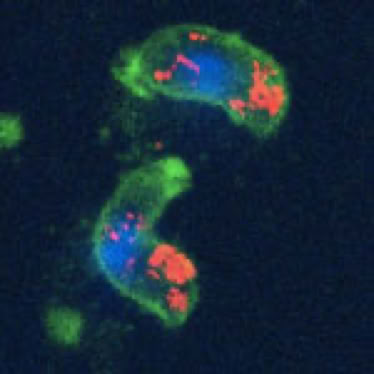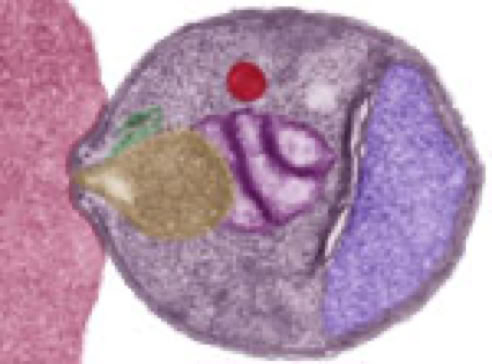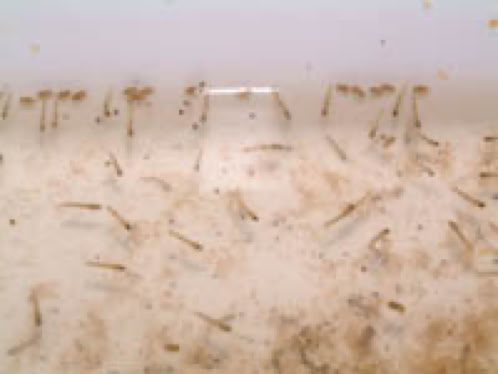Button
Research



Identifying the genetic determinants of medically important phenotypes
Malaria parasite strains often differ in phenotypes such as growth rate, the ability to induce and immune response, and their ability to infect mosquitoes. Such phenotypic differences have consequences for disease severity and parasite epidemiology. Fast growing strains, for example, can lead to more severe disease. We use genetic crosses between parasite strains that differ in their phenotypes to identify the genes that underlie them. These genes may then serve as targets of novel drugs and vaccines.
Our research focuses on genetic and genomic approaches to identify the underlying genetic causes of phenotypic differences between malaria parasite strains. We use the rodent malaria parasites for some of these studies, but we are increasingly pursuing investigations involving the human malaria parasites in in vitro culture, and non-human primate malaria parasites such as Plasmodium cynomolgi in monkeys.
We also study mosquito-stage parasites; gametes, zygotes, ookinetes, and sporozoites, using rodent malaria parasites. We use a targeted gene disruption strategy, we aim to elucidate the molecular mechanisms for parasite invasion of target cells. Recently, we have developed a stage-specific gene silencing system to investigate the conserved mechanisms between sporozoites and merozoites, mediated by rhoptry proteins.
We also investigate the molecular basis of sexual-stage parasite development and fertilization in mosquitoes. Based on these biological findings, we intend to screen for novel transmission/infection-blocking vaccine targets. Our major research interests include: (1) elucidation of molecular mechanisms of sporozoite invasion of target cells; (2) elucidation of molecular mechanisms of sexual-stage development; and (3) screening for novel transmission/infection-blocking vaccine targets.
Specific projects include:
We work in malaria endemic countries on epidemiology related projects, including with P. falciparum and P. vivax in Africa, P. knowlesi and P. cynomolgi in Southeast Asia, and P. simium in Brazil.